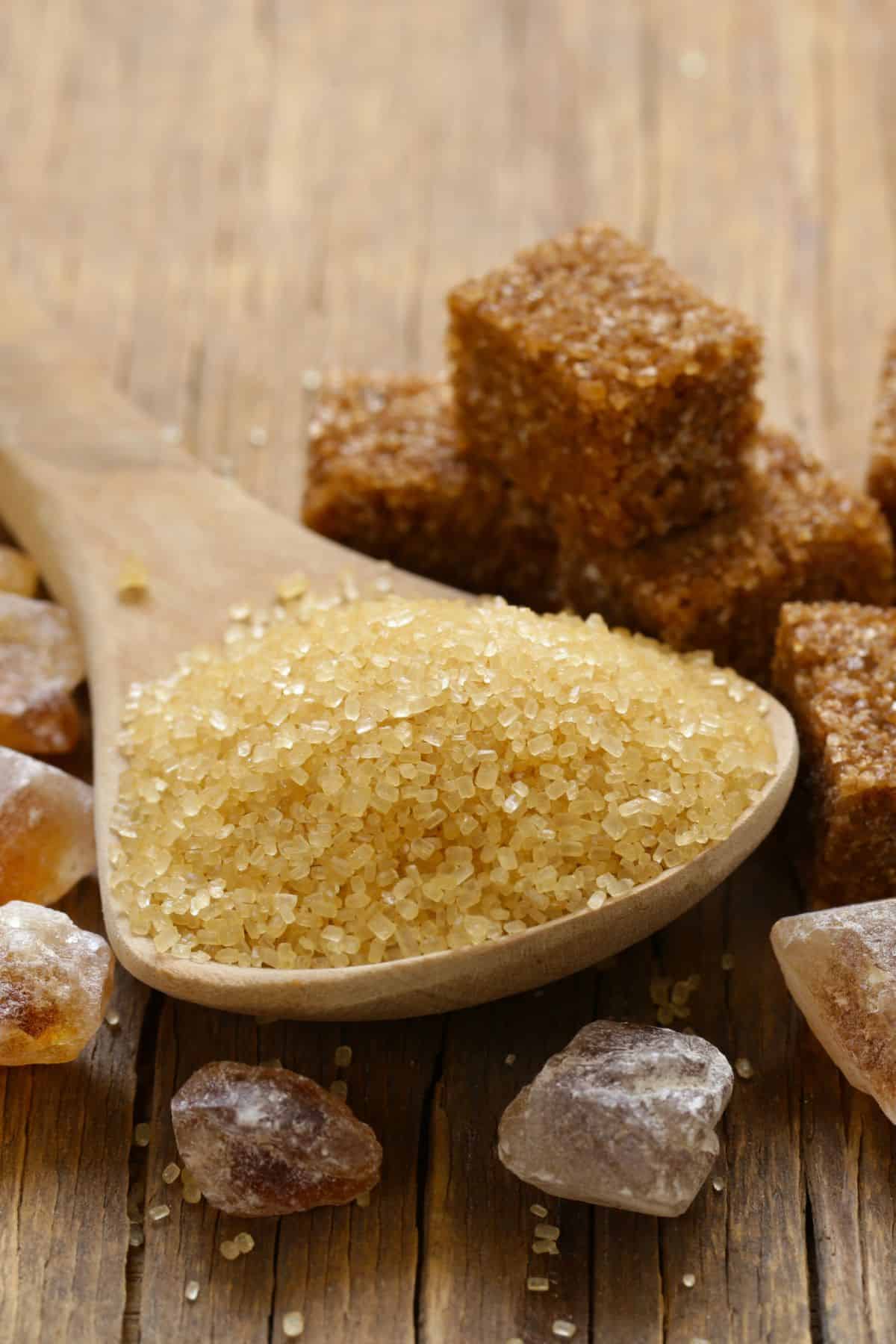Sugar and Cane: Exploring Their Role in Traditional and Modern Cuisine
Sugar and Cane: Exploring Their Role in Traditional and Modern Cuisine
Blog Article
Why Cane Sugar Processing Chemicals Are Crucial for Modern Sugar Refining
The role of cane sugar processing chemicals in modern sugar refining can not be overstated, as they are essential to boosting both the performance of removal and the total quality of the last product. Representatives such as phosphoric acid and details flocculants are employed to remove contaminations, causing sugar that not just meets customer assumptions but likewise abides by market criteria. The effects of these chemicals prolong past top quality, touching upon market characteristics and ecological factors to consider. sugar and cane. This increases important questions about the sustainability of such practices and their impact on the future of sugar production.
Function of Handling Chemicals
The efficiency of cane sugar processing pivots substantially on the critical application of handling chemicals. These chemicals play a critical duty in boosting the performance and high quality of sugar removal and refining. From the initial phases of juice extraction to the final purification steps, processing chemicals assist in various crucial operations.
In the extraction stage, chemicals such as phosphoric acid and calcium hydroxide are used to optimize the clarification process, helping to eliminate impurities and put on hold solids from the walking stick juice. This not only boosts the return but also makes sure the clearness of the end product. In addition, representatives like flocculants help in the fast settling of contaminations, consequently improving the total process.
As the handling breakthroughs, chemicals are made use of in decolorization and condensation stages. Turned on carbon and ion exchange resins offer to get rid of shade and odor, making certain that the polished sugar satisfies customer top quality criteria. Inevitably, the duty of processing chemicals prolongs beyond functional performance; they significantly impact the sensory qualities of the end product, adding to market competition. Hence, the meticulous selection and application of these chemicals are crucial for achieving optimal end results in walking stick sugar handling.
Secret Types of Chemicals
Walking stick sugar handling depends on a range of key chemicals that facilitate each phase of manufacturing. These chemicals play important duties in making clear, bleaching, and purifying the sugar drawn out from walking cane.
One primary group of chemicals includes flocculants, such as polyacrylamide, which help in the clarification procedure by promoting the gathering and settling of contaminations. Furthermore, calcium hydroxide is typically used to counteract level of acidity and aid in the elimination of non-sugar elements.
Whitening representatives, such as turned on carbon and sulfur dioxide, are used to decolorize the syrup, causing a more clear end product. These chemicals help eliminate shade compounds that might affect the sugar's appearance and bankability.
Additionally, phosphoric acid works as a pH regulator throughout the processing phases, guaranteeing optimal problems for the enzymatic tasks associated with sugar extraction and filtration.
Other essential representatives include edta (ethylenediaminetetraacetic acid), which chelates steel ions that might catalyze unwanted responses, and sodium hydroxide, which helps in pH control throughout the refining process. Jointly, these chemicals enhance performance and ensure a top quality walking cane sugar product.
Advantages for Sugar High Quality
Commonly neglected, making use of details processing chemicals considerably boosts the general high quality of walking cane sugar. These chemicals play a pivotal role in refining procedures, making sure that the end product fulfills stringent market requirements for purity and preference.

Furthermore, processing chemicals check my reference aid in achieving a constant granulation and structure, which are vital for consumer acceptance. By managing the formation process, these chemicals make certain that the sugar crystals create consistently, bring about an extra attractive item that dissolves well in different applications.
In addition, the usage of these chemicals can boost the service life of cane sugar by lessening moisture absorption and microbial growth. Generally, the calculated application of processing chemicals is essential for providing high-quality walking cane sugar that fulfills customer assumptions and industry needs.
Ecological Influence Considerations

Moreover, the energy-intensive nature of sugar refining, compounded by chemical use, usually leads to increased carbon discharges. This adds to environment adjustment and raises issues relating to the sustainability of present refining techniques. Additionally, the sourcing of these chemicals might involve practices that endanger biodiversity, such as monoculture farming, which minimizes the strength of agricultural ecological communities.

To reduce these impacts, sugar refiners are significantly checking out sustainable options and taking on best methods that minimize chemical usage. Applying rigorous ecological administration systems can assist make sure that the refining procedure aligns with environmental standards and advertises biodiversity. Eventually, a balanced strategy that focuses on both sugar quality and ecological stewardship is crucial for the lasting practicality of the sugar industry.
Future Patterns in Refining
As the sugar market grapples with the ecological obstacles linked with typical refining techniques, ingenious methods are emerging to enhance both efficiency and sustainability. One significant pattern is the adoption of eco-friendly chemistry principles, which prioritize making use of safe, biodegradable processing chemicals. This change not only lessens ecological impact yet likewise addresses consumer demand for cleaner production approaches.
One more encouraging advancement is the execution of sophisticated purification modern technologies, such as membrane separation and adsorption procedures. These methods boost the clearness and top quality of the sugar while reducing the volume of wastewater created during refining. In addition, the integration of electronic modern technologies, including IoT and AI, is transforming operational effectiveness by making it possible for real-time monitoring and predictive upkeep, hence minimizing resource waste.
Furthermore, using byproducts from sugar refining, such as bagasse and molasses, is gaining traction. These materials can be transformed right into biofuels or value-added items, adding to a round economy within the industry. Collectively, these trends indicate a shift in the direction of even more lasting techniques that not just enhance operational effectiveness yet additionally line up with worldwide sustainability objectives, ensuring the future feasibility of sugar refining.
Verdict
Walking cane sugar handling chemicals are essential in modern sugar refining, substantially boosting the performance and top quality of sugar removal. The strategic use of these chemicals not only enhances the purity and taste of the last item yet additionally ensures constant condensation and appearance. As the industry increasingly prioritizes sustainability, the adoption of environmentally-friendly processing agents is most likely to shape future fads in refining, ultimately resulting in better items and extended life span for customers.

Ultimately, a balanced technique that focuses on both sugar quality and environmental stewardship is crucial for the long-term viability of the sugar industry.
Walking stick sugar handling chemicals are crucial in modern sugar refining, considerably improving the performance and top quality of sugar removal.
Report this page